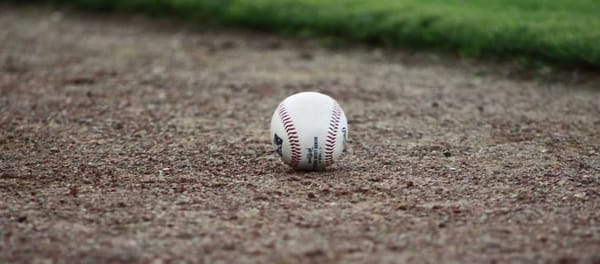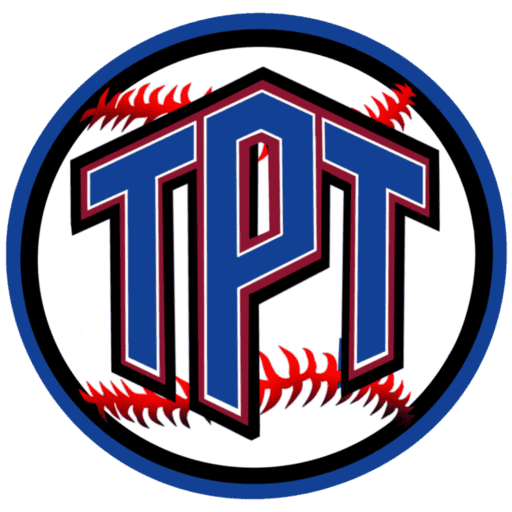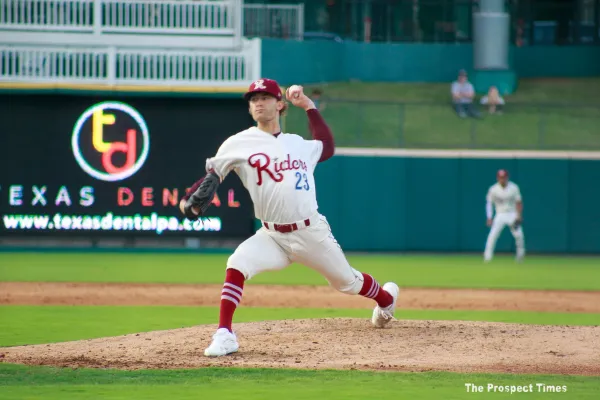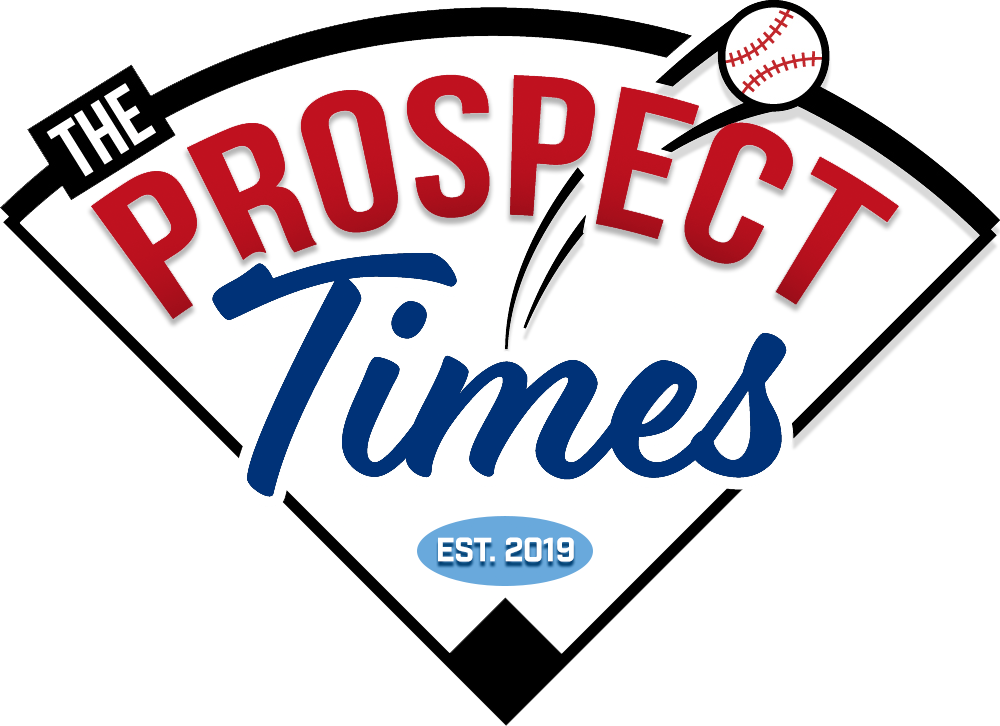
The 2024 MLB draft is coming up soon on July 14. For the first time it will take place right here in my hometown, the great city of Fort Worth. The last three years, the Rangers have drafted in the first four picks of the draft. It has always been an interesting exercise to study who the experts think the Rangers are going to draft. That has been fairly easy the last three years. This year, however, presents a while new challenge. Because the Rangers are the defending World Series Champions, they have to draft last.
It is a lot more of a daunting task for the experts, and certainly for the fans, to try and guess who the Rangers will select. Recently I studied eleven different lists. Four of those lists were draft prospect rankings based on how good those making the lists expected the draft prospects to be in the future. The other seven lists were mock drafts. Of those eleven lists, not one name was mentioned more than once. There were eleven different names listed in the eleven lists.
That makes for a very difficult task. Even with those eleven names to go by, who the Rangers pick may not be among them. I have looked over the various draft prospect rankings and mock drafts to find some players who intrigue me. I only included players who shows up on a rankings list somewhere between number twenty and number thirty-five, on average. In doing so I have come up with six players to put on my personal list, of whom I hope at least one falls to the Rangers at number thirty.
If they are all taken by then, there is a good chance someone I didn’t even consider, due to me being sure they would be taken by then, would still be available. If that is the case, then that is a great thing to have happen. Something like that happened last year when I was hoping the Rangers would be able to draft Walker Jenkins, with the thought in mind that Wyatt Langford would have already been taken. I still am thankful to the Tigers for taking Max Clark instead of Langford. Of the following six players, I believe at least one of them will be available when the Rangers turn comes at the end of the first round.
LHP Kash Mayfield, Elk City
The lefty Mayfield, earned Oklahoma Gatorade Player of the Year honors in both of his last two years in high school. Mayfield is listed at 6-4, 183 pounds. He throws his fastball at 92-95 mph and reached 97. That is up from the high 80s just a year ago. His changeup is advanced and sits in the low 80s with some drop. He also throws a sweeper that has tracked up from the upper 70s previously to the low 80s.
Scouts like his ease of delivery and extension. Futurestarseries.com said of Mayfield, “Mayfield is a long, lanky lefty with deceptive angle and an ease and fluidity about his operation. He makes pitching look like an art form. The body, delivery and pitching mechanics are super projectable.”
Over his last two seasons in high school, Mayfield gave up 19 hits and 21 walks while striking out 224 batters in 90.2 innings. This season he posted an 8-0 record and an 0.16 ERA in 44 innings. He struck out 115, allowed only 4 hits, and walked only 8, while holding opponents to a .030 batting average.
1B/3B Tommy White, Louisiana State
White is listed at 6-1, 228 pounds. He hits and throws right-handed. In 161 games over his three-year college career, White has proven himself as an all-time college performer. He is a three-time All-American. His 75 home runs in his three-year college career are good for 8th all-time in NCAA history. He is known as “Tommy Tanks” because of his tremendous power. That must be one of the best nicknames in this draft, and many see him as the most prolific hitter in all of college baseball.
He has been a dangerous hitter since day one. He homered in his first at bat for North Carolina where he started his college career before transferring to LSU. He went on to break the NCAA freshman record with 27 homers. He slashed .362/.425/.757 in 235 at-bats as a freshman. He is more than just a power hitter though. He is a pure hitter whose contact rates continue to improve. White consistently posts high exit velocities, but with relatively low strikeout totals.
His one drawback is his defense at 3B. Although, that has improved this year compared to last year. Some feel he is destined to have to move to first base eventually. He doesn’t have a lot of speed, that’s for sure. He has average arm strength and agility.
MLB.com’s Jim Callis recently said of White, “He's one of my favorite non-top 11 guys in the Draft. Everybody thinks about the power, but I think he's a really underrated hitter. He keeps making more contact each year. I'm a really big Tommy White fan.”
C/3B Walker Janek, Sam Houston State
Janek is listed at 6ft., 190 pounds. Throughout his college career he has been regarded as one of the premier defensive catchers in college baseball. This spring he won the Buster Posey Award as college baseball's top catcher. He is agile behind the plate, does a good job of framing, and he holds the opponent’s running game in check with his plus arm strength and quick release.
Janek is also a very capable third baseman. He moves well laterally. He has a strong arm and a very quick transfer. Having a catcher who can also play another position well, especially third base, is a plus.
Janek was not considered much of an offensive threat coming out of high school, but he has greatly improved the offensive side of his game while at Sam Houston State. During his freshman season, Janek worked his way into a starting role and played very well for the Bearkats. Janek slashed .308/.432/.456 with 56 hits, 4 doubles, 7 home runs, 33 RBIs, and an .888 OPS. He improved those numbers each of the next two years. This season he slashed .364/.476/.709 with 80 hits, 15 doubles, 5 triples, 17 home runs, 58 RBIs, 13 stolen bases, 40 walks, and an 1.185 OPS. He has below average speed but runs well for a catcher and is a smart baserunner. He has all-around good hit tools and good bat speed.
Last year when I thought the Rangers would select Walker Jenkins, I imagined eventually some might call him “Walker, Texas Ranger.” Now we have another chance for a “Walker, Texas Ranger” in Walker Janek.
RHP Ryan Sloan, York Community
Sloan is listed at 6-4, 220 pounds. He is a big guy with a strong lower half. He is another Gatorade high school player of the year, this time in Illinois. He was also named Prep Baseball Illinois Player of the Year.
He was very impressive this year. He threw 46 innings and struck out 90 batters, walking only 5, and allowed only 2 earned runs on the year, giving him an ERA of 0.30. He is a big guy with a strong lower half.
His fastball is mostly in the 93-96 mph range, but he has hit 99 mph. MLB.com’s writeup about him says he has, “three different pitches that could grade as plus once he's fully developed.” They grade his fastball and changeup both as a 60, while they grade his slider as a 55. The writeup goes on to say, “He has a more advanced changeup than most prepsters, throwing hitters off balance with a mid-80s cambio that fades and sinks. His low-80s slider is nearly as good, featuring two-plane depth and some horizontal action as well.” His changeup fades and sinks.
I have read where some think Sloan is destined to become a mid-rotation starter and others say he could be an upper echelon starter in the big leagues.
RHP Brody Brecht, Iowa
Brecht is listed at 6-4, 235 pounds. Brecht is a former dual sport athlete. He played wide receiver for Iowa’s football team. He finally dropped football to concentrate on pitching during his junior year. Going into his junior year scouts raved about his stuff but were concerned with his command. There were also some scouts that complained about the way Iowa handled Brecht.
Futurestarseries.com had this to say about Brecht. “If you were to build a Mount Rushmore for the best pure stuff college baseball has ever seen, there's a very real argument that Brecht would deserve to be on it. Most would agree Brecht has the most electric fastball in the 2024 class.”
MLB.com raved about him in their writeup. “When he's on, Brecht's fastball and slider are comparable to those of Paul Skenes, the No. 1 pick in last year's Draft. He can sit at 96-99 mph and touch 101 with his heater, which has explosive running action and superior shape to Skenes' fastball, though Brecht doesn't locate his nearly as well. All that said, his best pitch is a slider that parks at 87-89 mph and peaks at 91 with plenty of horizontal and vertical action.”
He has the chance to eventually possess an elite fastball and two plus-or-better breaking balls. He got off to a slow start this year but made some mid-season adjustments on his own and finished strong. He worked on his mental approach and also started throwing a splitter more often. That gave him a reliable off-speed pitch to go along with his triple-digit fastball and slider. He still has the potential to improve the command that has been his only weakness.
Iowa baseball coach, Rick Heller thinks the adjustments Brecht made after he gave up football and devoted his time to being a better pitcher shows that Brecht still can improve. “It shows you the aptitude that Brody has and the ability to make adjustments and change,” Heller said. “Not everybody has that. It’s not easy to do and Brody did it in a very short time.” If Brecht continues to learn and develop then the sky is the limit for him.
1B/OF PJ Morlando, Summerville
Morlando is listed at 6-3, 200 pounds. Like Mayfield and Sloan, Morlando was also named the Gatorade Player of the Year for his state of South Carolina. The left-handed hitter has a beautiful swing.
Futurestarseries.com’s writeup about Morlando had high praise for his hitting skills. “Morlando might be the most polished high school bat in the 2024 class with budding bat speed and high contact rates regardless of pitch type. Morlando has long had the bat speed to out-slug his peers, but it's his mature approach and willingness to take the walk that has scouts raising eyebrows. The raw power here is already huge and should comfortably sit in the plus category at the highest level.”
Morlando ran into a problem this spring. He was so good that a lot of the competition refused to pitch to him. At one point he received 8 consecutive intentional walks. Overall, he walked 44 times and was hit by the pitch 4 more times, in 34 games. He also showed a lack of power at times. He worked with his coaches and made some adjustments, but it is hard to put those adjustments into practice when you can’t take the bat off of your shoulder. He added a toe tap and shortened up his stance. He was able to show scouts what a difference the adjustments made at the combine. He had a very impressive batting practice session, He hit 4 balls harder than 110 mph and one of them traveled 445 feet.
Defensively, some believe he will be a corner outfielder. Others think he might eventually move to first base. He is an average runner with average arm strength.
Morlando is the one guy in my list of six who is ranked, on average, well below the rest. If he isn’t drafted until somewhere in the forties, I think some team will get a steal. If the other five guys are taken, the Rangers might do well to select PJ Morlando at number 30.
Once the Rangers move to the second round it is almost impossible to discern which group of players their selection could come from. There are some names that I have considered over the past few months who have fallen to where they are close to that range though. Those include, Ryan Johnson, Drew Beam, Josh Hartle, Dylan Dreiling, and Caleb Bonemer.
Of the guys who I have mentioned as possibilities for the Rangers in the first round, I believe Brecht has the best chance to go first, and Morlando will most likely go last. The order of the other four is much harder to guess at. The upshot is that the Rangers should get a high-quality player at number thirty, whether it is one of these six guys, or some other player who falls to them because all of these six players are taken. Who they pick could immediately become the second or third best prospect in the system.
Share this article
Written by
Bennie Bullock
Join the conversation


Brock Porter might be back
Brock Porter's journey with the Texas Rangers has been anything but straightforward, yet recent signs suggest he may be regaining his footing. Early Promise Entering the 2022 MLB Draft, Porter was a standout pitching prospect, ranked 11th overall on MLB.com's draft board. His accolades included


